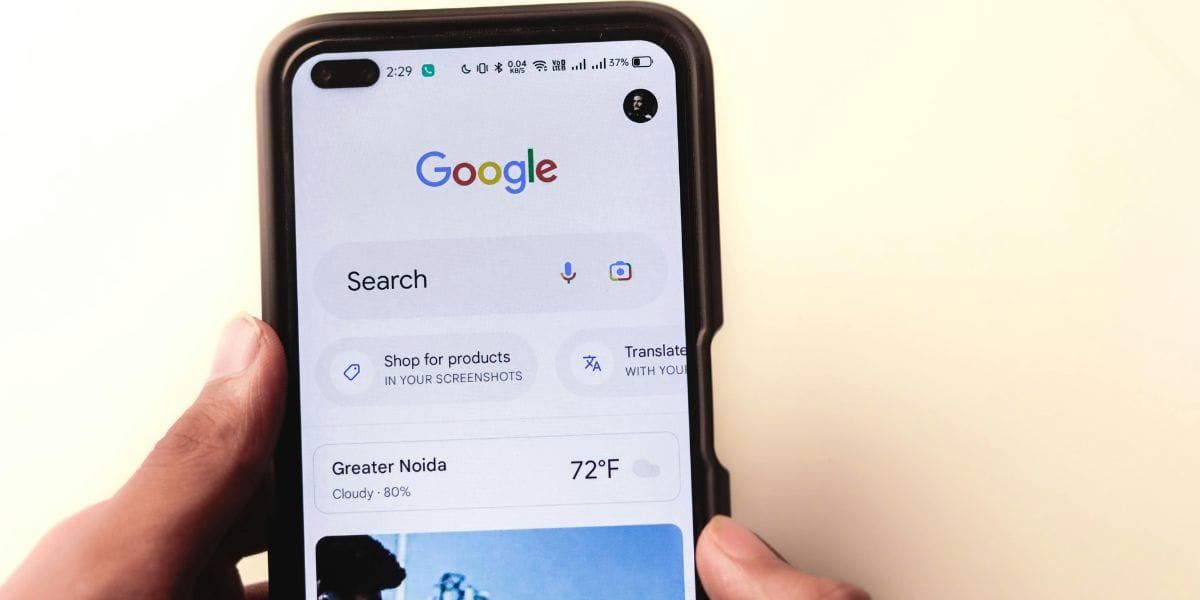SEO often evokes polarized feelings. Some marketers love the challenge, while others shy away due to its perceived complexity. For SaaS companies, experiences with SEO typically fall into a few categories:
- Hiring an agency but not seeing measurable results.
- DIYing SEO, only to abandon it due to slow progress and pivoting to faster strategies like paid ads.
- Avoiding SEO entirely because staying current with its nuances feels overwhelming.
- Exploring SEO after scaling other channels, recognizing its long-term potential.
But here’s the truth: SEO is one of the highest ROI marketing channels. Done right, it can provide a steady stream of “free” traffic from search engines like Google. More importantly, ranking for the right keywords means bringing in highly qualified leads—ideal customers ready to convert—without the recurring costs of paid ads.
However, many SaaS marketers approach SEO the wrong way. Instead of beginning with tools like SEMrush or Ahrefs to hunt for keywords, the starting point should always be user intent. Let’s dive into what user intent is, why it matters, and how to make it the cornerstone of your SEO strategy.
What Is User Intent in SEO?
User intent—also known as search intent—is the reason behind a user’s search query. When someone types a question or phrase into Google, they’re seeking a specific outcome, whether it’s to learn, find, or buy.
Search intent generally falls into four categories:
- Informational: The user seeks knowledge or answers.
- Example: “How to fix a leaky faucet.”
- Navigational: The user wants to find a specific page or website.
- Example: “Facebook login.”
- Transactional: The user is ready to make a purchase or take action.
- Example: “Buy iPhone 13.”
- Commercial Investigation: The user is researching before making a decision.
- Example: “Best laptops for video editing.”
Each type of intent requires content tailored to meet those needs. For instance, a “how-to” blog post aligns with informational queries, while a product comparison page suits commercial investigation intent.
Understanding user intent ensures your content not only ranks but also resonates with your audience.
Why User Intent Is Crucial for SEO Success
Google’s mission is clear: deliver the most relevant and helpful results to its users. To achieve this, Google prioritizes content that aligns closely with the intent behind a search query.
How Google Identifies User Intent
- Autocomplete Suggestions: As users type, Google predicts their queries based on similar searches, revealing common intents.
- People Also Ask: Related questions display mid-search, reflecting other nuances tied to the original query.
- Related Searches: Found at the bottom of search results, these suggestions help refine or expand a user’s search journey.
This functionality highlights how Google interprets intent beyond simple keywords. If your content doesn’t match user expectations, Google will favor content that does.
Why UI/UX and Intent Go Hand in Hand
Even if your content matches user intent, a poor user experience (UX) can sabotage your SEO efforts. Google considers metrics like bounce rate, time on page, and page load speed as indicators of content quality and relevance.
For example:
- If users click on your page but leave immediately, Google interprets this as a failure to meet their needs.
- Websites with seamless navigation, fast load times, and engaging layouts keep users longer, boosting rankings.
Google’s emphasis on Core Web Vitals (load speed, interactivity, and visual stability) underscores the importance of aligning great content with a smooth experience.
How to Identify and Align Content with User Intent
To master SEO, you need to decode user intent and create content that directly addresses it. Here’s how:
1. Leverage Google’s Built-in Tools
- Use autocomplete, People Also Ask, and Related Searches to uncover common questions tied to your keywords.
- These insights provide a blueprint for crafting intent-focused content.
2. Analyze Competitor Content
- Study top-ranking pages for your target queries.
- Note their tone, structure, and the type of information they provide. Are they using infographics? Videos? Tutorials?
3. Optimize with SEO Tools
- Tools like Ahrefs and SEMrush offer data on search volume, click-through rates, and user behavior.
- Use this data to fine-tune your content, ensuring it matches user expectations and intent.
Product-Led SEO vs. Traditional SEO: A Game-Changer
Traditional SEO often revolves around driving maximum traffic through high-volume keywords and backlinks. While traffic is valuable, it doesn’t always convert into revenue.
Product-Led SEO, on the other hand, focuses on creating content that addresses user problems while naturally integrating your product as the solution.
For SaaS companies, this approach offers tangible benefits:
- Content highlights real-life applications of your software.
- You attract qualified leads instead of unqualified traffic.
- Your SEO strategy becomes a long-term investment rather than a volume game.
Writing Content That Satisfies User Intent—and Google
To succeed in SEO, you must meet user intent at every stage:
- Know Your Audience: Who are they? What questions do they have?
- Answer Their Questions: Create content that educates, solves, or guides—depending on their intent.
- Prioritize UX: Fast, clean, and mobile-friendly design is non-negotiable.
- Iterate and Optimize: SEO isn’t a one-and-done task. Continuously refine your content based on performance data.
The Takeaway
SEO success starts with understanding why users search. By aligning your content with their intent—and delivering it through a seamless experience—you can achieve not just rankings but also conversions.
Now’s the time to shift from keyword chasing to intent-focused strategies like Product-Led SEO, where your content and product work in harmony to meet user needs and drive sustainable growth.
Ready to rethink your SEO strategy? Start with user intent and see the difference it makes.
